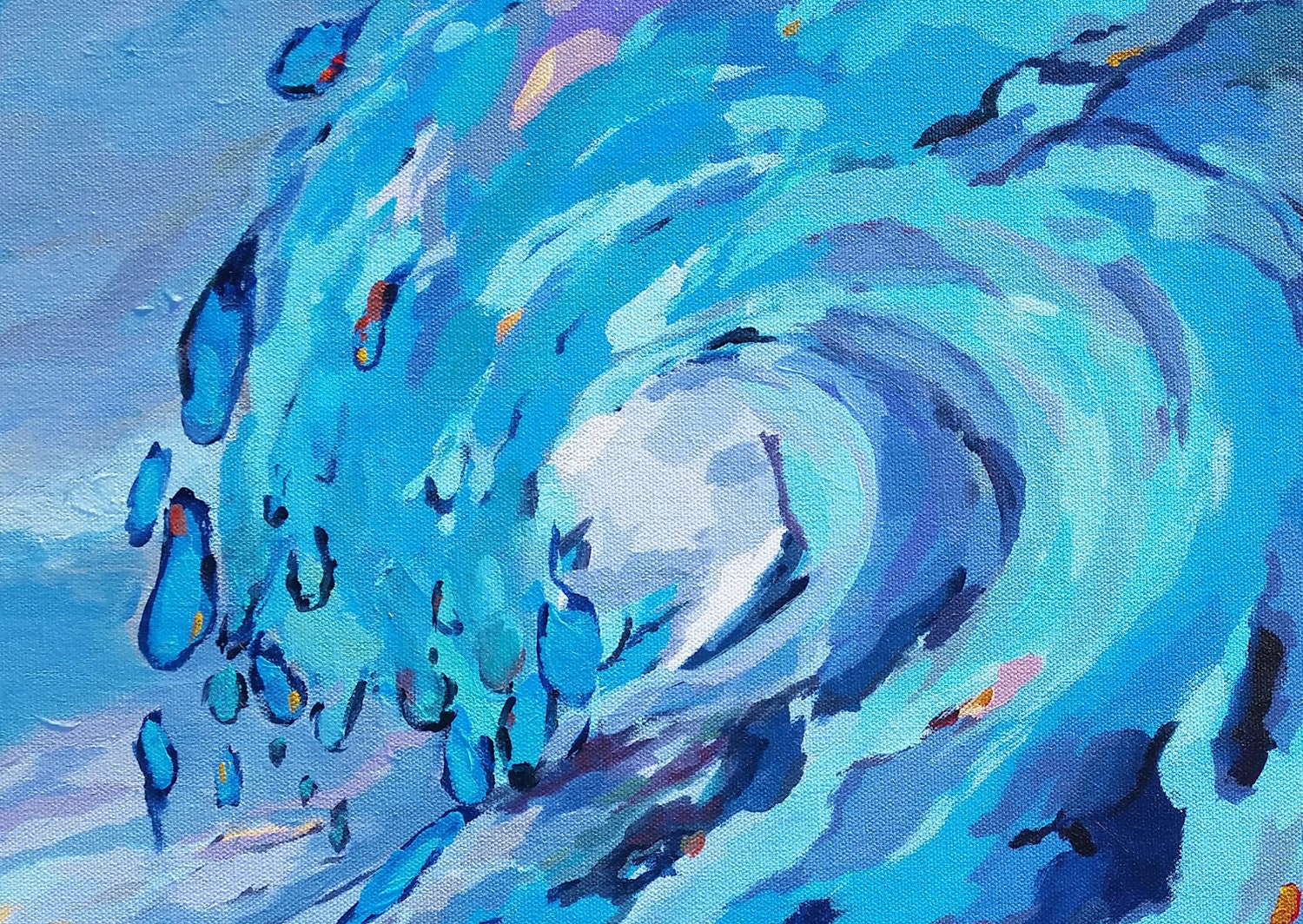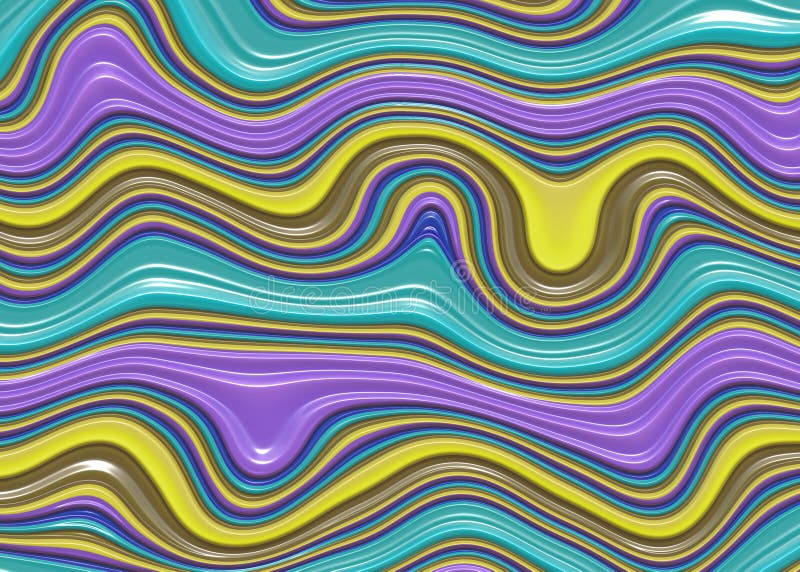

The wave designs are extremely popular the world over and much coveted.
#Art in a colorful wave skin#
Eternalized on the skin by the millions of tattoo enthusiasts the world over, we have chosen the 30 best ocean wave ink designs that you can select from and make a powerful statement to the world. The quality of its line and the vibrancy of its colors remind us that Hokusai was only one of the artists involved in its creation, although he is the only one whose name we know.You cannot simply go wrong with the choice of an Ocean Wave Tattoo Design.

The Met's Great Wave was probably one of the earliest impressions of the work to be printed. Until today, however, we did not know how much the anonymous woodcutters and printers working at Eijudo contributed to Hokusai's vision of Fuji "caught on the artist's brush-tip." With its bright and saturated hue, Prussian blue made landscape printing both possible and popular in Edo-period Japan. A viewer holding the print would perceive-almost subliminally-a step at each color, adding real, three-dimensional depth. The effect is even more pronounced when the block is printed twice, as in the deep blue hollow of the wave, where the white foam, the bright blue, and the deep blue all sit at different heights. As printing pushes the paper into the block, the reliefs carved in the block bite into the paper, indenting it as they deposit their color. The double-printing method has another, more subtle effect. The medium blue in turn sits higher than the deep blue, which has been printed twice. Right: The 3-D scan produces a topographical map of the detail, revealing that the white paper (at upper right) sits higher than the medium blue (depicted in green), which has been printed once. Left: A 3-D scanning microscope zooms into a detail in the deep-blue hollow of the wave. This simple technique allows for a more suggestive, three-dimensional rendering of the wave and heightens the impact of the print. The transition-from the deep blue, produced by the double printing, to the bright and saturated pure Prussian blue-animates the surface of the wave, adding visual depth and movement. Then they printed the hollow of the wave, applying a pure Prussian blue over the initially printed stripes, and filling the white spaces left between them. When Eijudo's anonymous printing masters laid down the outlines of the design, they printed the dark vertical stripes first, using a mixture of Prussian blue and indigo to create a dark gunmetal blue. This is strikingly evident in the towering wave that breaks over the leftmost boat.

Right: A detail from an untrimmed impression of The Great Wave that reveals evidence of double printing at its lower edge. Private collection, New York Left: Color swatches showing indigo and Prussian blue. Instead, they mixed the two together to create a bold outline, and printed one pigment on top of the other to darken the bright Prussian blue without reducing the intensity of its hue. Spectroscopic analysis shows that to achieve this, the printers did not simply substitute the exotic Prussian blue for the traditional (and duller) indigo. The Great Wave is a visually dynamic print with fully saturated blues and extraordinary contrast. Thanks to investigations carried out by The Met's Department of Scientific Research, we are beginning to learn how much Eijudo's printers-and, in particular, their handling of the new color-contributed to the impact and success of Thirty-six Views. Woodblock printing was an enormously popular art form in the Edo period and the most advanced color-reproduction technology anywhere in the world.


 0 kommentar(er)
0 kommentar(er)
